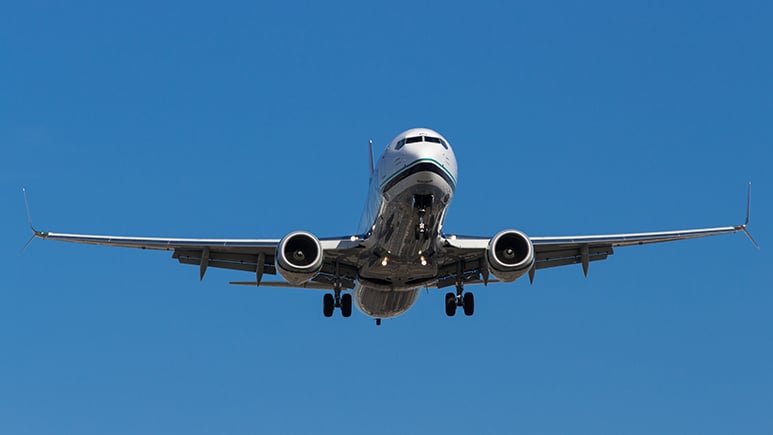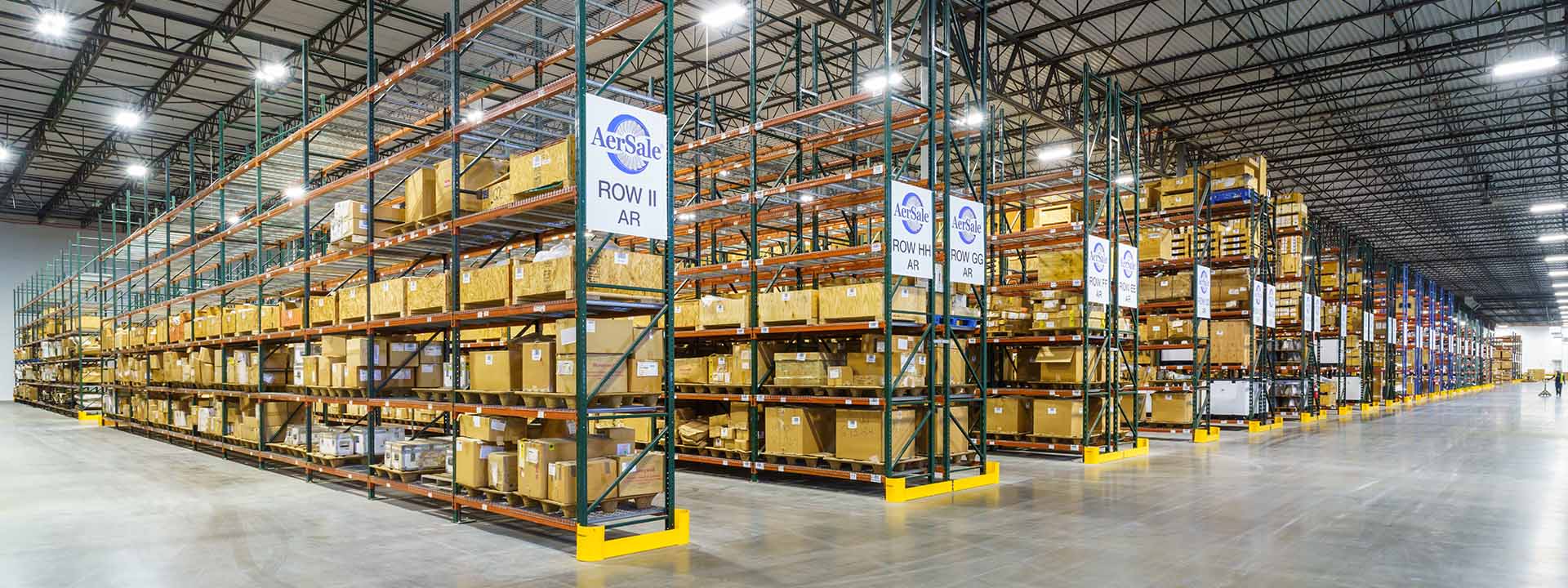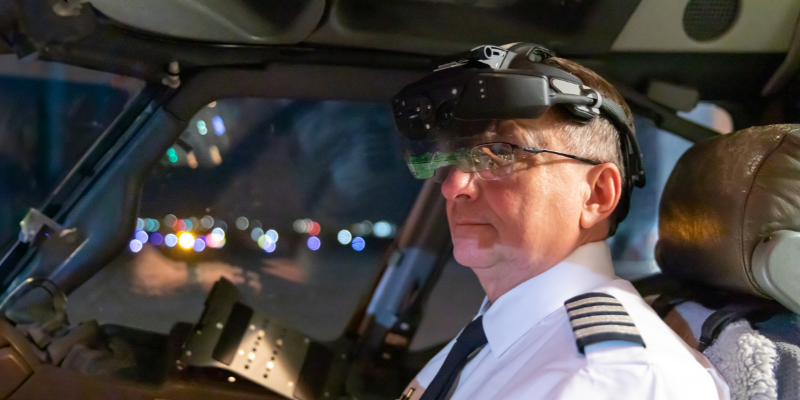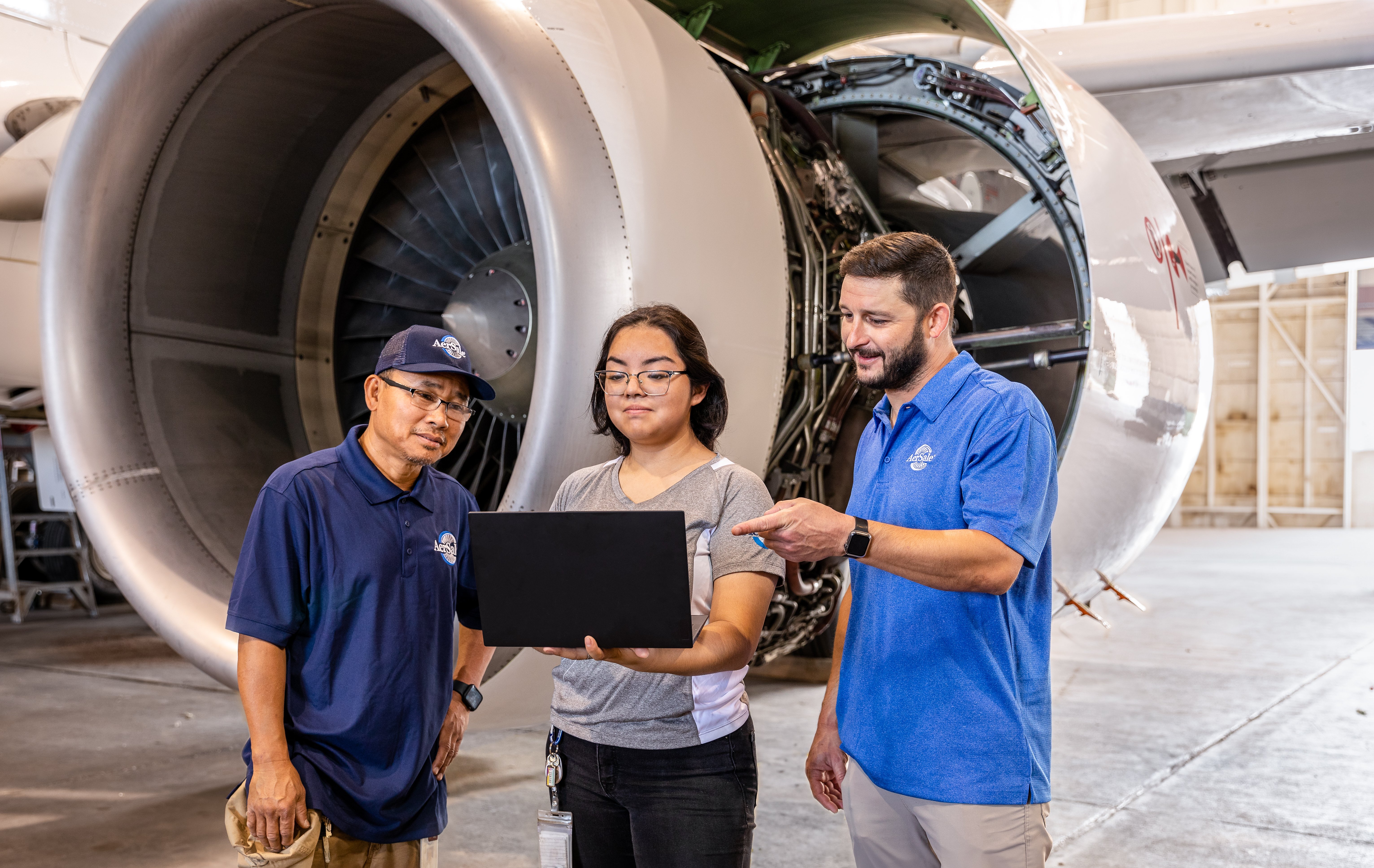An increase in consumer spending. A growing middle class expected to add 200 million more people worldwide over the next 10 years. Even amid global trade tensions, projections for commercial air travel remain optimistic across all regions of the world. The Oliver Wyman study Global Fleet & MRO Market Forecast Commentary 2019-2029 anticipates that the global fleet will reach a record-breaking 39,175 aircraft in the next decade.
What does this projection mean for the commercial aviation industry? As demand rises, it has never been more crucial to maximize a fleet’s performance. By taking a comprehensive approach to aircraft life cycle management, airlines can solidify their competitive advantage now and in the years to come.
Trends in Aircraft MRO Spending
The order book and the corresponding delivery schedule associated with the industry’s expansion are translating into significant growth for Boeing and Airbus. However, those numbers could change as Boeing continues to grapple with the grounding of the 737 MAX 8, which is expected to cost airlines billions in lost revenue.
To satisfy the growing demand for new aircraft, both manufacturers have planned to ramp up already historically high monthly production, according to the Oliver Wyman report. As new deliveries replace older aircraft, the average age of the fleet will drop from 11.3 years to 10.7 years by 2029. In total, that reduction in age trims 22,000 total years of service from what the global fleet would have otherwise accumulated over the next decade. That adds up to more than $3.3 billion of MRO spending.
Of the more than 21,000 aircraft deliveries anticipated in the decade, 45% will replace in-service aircraft; the rest represent additions to the fleet. Oliver Wyman cites economic health, passenger traffic growth, jet fuel prices, and long-term interest rates as the four primary factors that affect growth in the global fleet and aircraft MRO market. These factors don’t just influence demand and alter airline fleet planning. They also can affect the delivery rate of new aircraft and the retirement rate of existing aircraft.
On the one hand, a strong global economy and the factors that drive traffic growth—consumer confidence and increased wages, for example—could fuel greater demand for additional aircraft. But on the other hand, a significant long-term jump in jet fuel prices could encourage airlines to increase retirements of old, less fuel-efficient aircraft and, where possible, meet demand with new, more efficient aircraft. No matter the scenario, an integrated MRO strategy is key to maximizing value at every stage of aircraft life cycle management, from planned and unplanned maintenance to an aircraft’s value when it leaves the fleet to be leased, sold, or scrapped.
Strategies for Navigating Aircraft Life Cycle Management
When it comes to the life cycle of a plane, it’s not about how many hours they fly, but how often. The average life cycle of an aircraft, from purchase to retirement, is between 20 and 36 years, depending on the model. At AerSale®, we divide that time frame into three key phases, each paired with a robust strategy for maximizing performance and minimizing costs.
Fleet Introduction
The right introduction strategy sets a strong foundation for your fleet from the start. But determining your mix of purchased and leased aircraft is just the tip of the iceberg. Airlines also factor in the cost and depreciation of key components such as airframes, engines, modifications, heavy maintenance, and landing gear. MROs compete for business from airlines looking to cut costs and maintain a healthy bottom line, since they have created economies of scale, scope, and locations to make their services attractive.
While the decision to outsource is cost-driven, the performance of an MRO ultimately dictates exactly how much airlines can save. By choosing a high-quality integrated solutions provider for your fleet sales and leasing, you can reap the many benefits of a “one-stop source” approach: comprehensive product support, customization capabilities, and streamlined MRO costs as your aircraft transitions into the service life phase.
Service Life
Of the phases in an aircraft’s life cycle, its service life gets the most attention—and for good reason. A comprehensive service strategy is critical to maximizing performance, ensuring safety, satisfying all FAA regulations and, ultimately, enhancing profitability.
Technology has spurred groundbreaking leaps forward in terms of safety and efficiency. For example, the MRO software market in aviation—including adopting tools such as the Internet of Things, Artificial Intelligence, Augmented Reality and big data analytics—is projected to grow from an estimated USD $4.08 billion in 2017 to $4.93 billion by 2022, according to a report by Research and Markets. This growth will be fueled by the increase in digitalization of MRO activities by commercial airlines and aircraft MRO services, as well as the rising demand for enhancing, repairing, and maintaining existing aircraft fleets.
These technological advancements also make it more crucial than ever to implement a forward-looking aircraft MRO strategy. In additional to airframe heavy maintenance and modifications, and component MRO, aviation leaders must also navigate the complexities of FAA regulations such as the FTFR Rule and ADS-B Out. AerSafe®, our proprietary fuel tank ignition mitigation solution, offers a faster, more economical option for FTFR compliance. We developed AerTrak® to help our customers satisfy the ADS-B Out mandate with less cost and downtime.
Through an integrated solutions provider like AerSale, customers can achieve a full-service approach to MRO, engine inspections, parts manufacturing, engine sales and leasing, airframe and engine parts sales, and everything else needed to maximize an aircraft’s service life.
Aircraft Retirement
More than 5,000 aircraft and 12,000 engines have been retired in the past decade, reports Alton Aviation Consultancy. Today, the retirement age for narrow-body aircraft is close to 25 years.
Peak retirements between 2007 and 2012 were driven by factors including a soft demand environment and high fuel prices, spawning advancements in the aircraft teardown and part-out industry. But now, low fuel prices and strong traffic growth have driven a slowdown in retirements, leading to a highly competitive end-of-life solutions market.
Your aircraft retirement strategy is key to extracting the maximum value from your assets once their service life comes to an end. AerSale’s aircraft end-of-life services are designed to do just that. From aircraft storage, preservation, and assembly to warehousing and asset management, our experts help customers navigate the transition from service life to retirement.
Our asset management service leverages our in-depth airframe and powerplant technical knowledge, track record as a major investor in mid-life flight equipment, and global aviation expertise. We also specialize in the acquisition of surplus aircraft, engines, and inventory—value that you can invest back into growing your fleet or other critical business needs.
Considering Your Aircraft Life Cycle Management Costs
Aircraft life cycle management costs break down into the following: acquisition, variable and fixed factors, and the residual value at the end of a lifespan. How much that costs depends on the aircraft itself. Some may have higher maintenance costs, while others may have higher fixed costs that change as the aircraft ages.
It’s important to consider aircraft life cycle management costs such as hangar, maintenance, parts, and warranties. Newer aircraft have fewer issues, in general. In many cases, older aircraft may have looming costs such as D checks or an engine midlife inspection. Watch for factors that can affect costs by looking at aircraft and maintenance requirements and management of inventory, along with tracking components, fleet logbooks, purchase orders, warranties, labor, and parts.
Savvy airlines are looking for ways to compare variable and fixed costs, review performance and specification data, and benchmark current aircraft operating costs so they can calculate budgets, residual value, and net present value. At the end of an aircraft lifespan, dismantling and recycling come with their own cost-tracking procedures—and an opportunity for extracting maximum value from these assets.
AerSale is equipped to help customers throughout an aircraft’s life cycle with relevant products, expert services, and integrated solutions, including a broad range of MRO and engineering expertise for commercial aircraft and components. To maximize our customers’ success, we also offer aircraft asset management services to owners of end-of-life aircraft and engine portfolios. Through this integrated solutions approach, customers can streamline their supply chain, improve efficiency, reduce costs, and minimize downtime—no matter the state of the market or the age of their fleet.
About AerSale
A global aviation leader celebrating its 10-year anniversary, AerSale specializes in the sale, lease, and exchange of used aircraft, engines, and components, in addition to providing a broad range of maintenance, repair, and overhaul (MRO) services and engineering services for commercial aircraft and components. AerSale also offers asset management services to owners of end-of-life aircraft and engine portfolios. Headquartered in Coral Gables, Florida, AerSale maintains offices and operations in the United States, Europe, and Asia. For more information on how AerSale can exceed your MRO requirements and keep your aviation assets functional and profitable from first flight to final flight, visit www.aersale.com or contact us.






